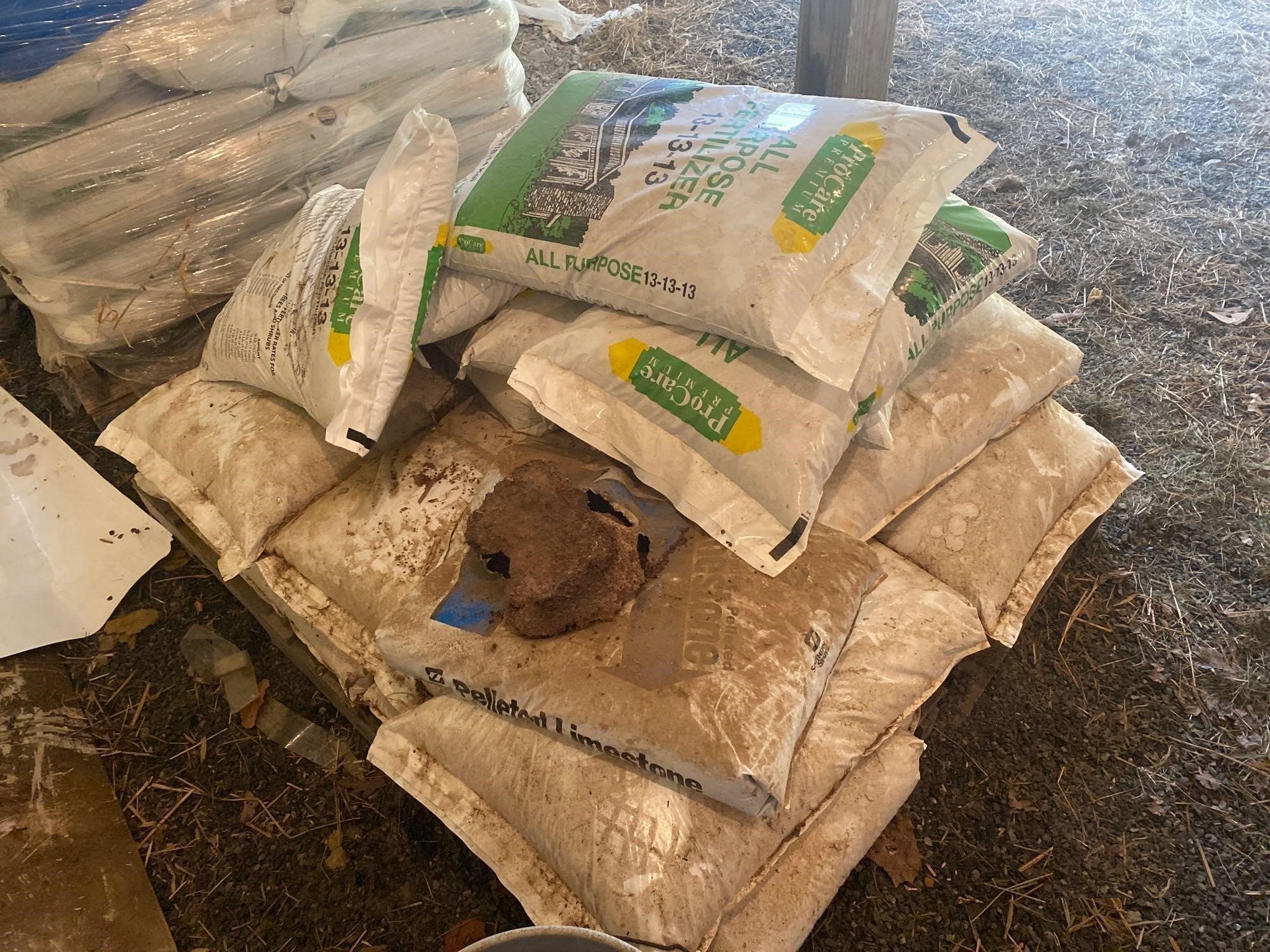

Articles
What Is 13-13-13 Fertilizer Good For
Modified: October 19, 2024
Learn about the benefits of 13-13-13 fertilizer in our informative article. Discover how it can improve your garden and yield healthier plants.
(Many of the links in this article redirect to a specific reviewed product. Your purchase of these products through affiliate links helps to generate commission for Storables.com, at no extra cost. Learn more)
Introduction
Welcome to the world of gardening and fertilizers! If you’ve recently delved into the world of gardening or are looking to enhance your green thumb, you’ve probably come across various fertilizer options. One fertilizer that often garners attention is the 13-13-13 fertilizer. But what exactly is it, and what is it good for?
Before we dive into the benefits and uses of 13-13-13 fertilizer, let’s first understand what it is. 13-13-13 refers to the ratio of essential nutrients contained in the fertilizer. The three numbers represent the percentage of nitrogen (N), phosphorus (P), and potassium (K) present in the fertilizer, respectively. Nitrogen promotes healthy leaf and stem growth, phosphorus enhances root development and flower production, while potassium helps with overall plant vigor and disease resistance.
Now that we have a basic understanding of what 13-13-13 fertilizer is, let’s explore the benefits of using it in your garden.
Key Takeaways:
- 13-13-13 fertilizer offers balanced nutrition for healthy plant growth, improved flower and fruit production, and enhanced disease resistance. Its versatility makes it ideal for a wide range of gardening applications.
- When using 13-13-13 fertilizer, consider soil testing, proper application rates, timing, watering, and environmental impact. Following application tips ensures even distribution and optimal plant health.
Read more: What Is A Good Fertilizer For Bermuda Grass
What is 13-13-13 Fertilizer?
13-13-13 fertilizer, also known as balanced fertilizer, is a type of fertilizer that contains equal amounts of nitrogen, phosphorus, and potassium. The numbers 13-13-13 represent the percentage of each nutrient in the fertilizer, in the order of nitrogen-phosphorus-potassium.
Nitrogen (N) is essential for promoting lush, green foliage growth. It plays a crucial role in the protein synthesis and overall development of plants. Phosphorus (P) is responsible for root development, flowering, and fruiting. It aids in the transfer of energy throughout the plant and the formation of essential molecules like DNA and RNA. Potassium (K) contributes to overall plant health, disease resistance, and the regulation of water and nutrient uptake.
The balanced ratio of nutrients in 13-13-13 fertilizer makes it suitable for a wide range of plants, including flowers, vegetables, shrubs, trees, and houseplants. It provides a well-rounded nutrition profile that supports plant growth, development, and productivity.
One of the advantages of using 13-13-13 fertilizer is its versatility. It can be used as a general-purpose fertilizer for both established plants and those in the early stages of growth. Whether you’re maintaining a vibrant flower garden or growing your own vegetables, this balanced fertilizer can help meet the nutrient requirements of your plants.
Furthermore, 13-13-13 fertilizer is available in various forms, including granular, liquid, and slow-release formulations. This allows you to choose the most convenient and suitable option based on your gardening preferences and the specific needs of your plants.
However, it’s important to note that while 13-13-13 fertilizer provides a balanced nutrient ratio, it may not meet the specific requirements of certain plants that thrive in specific soil conditions. Some plants may require higher or lower levels of certain nutrients based on their growth stages and environmental factors. Hence, it’s always a good idea to conduct a soil test or consult a gardening expert to determine the ideal fertilizer composition for your plants.
Now that we have a good understanding of what 13-13-13 fertilizer is, let’s explore its benefits and how it can be used to support the growth and health of your plants.
Benefits of Using 13-13-13 Fertilizer
Using 13-13-13 fertilizer in your garden offers several benefits that can contribute to the overall health and vitality of your plants. Let’s explore some of the key advantages:
- Complete Nutrient Balance: One of the main benefits of 13-13-13 fertilizer is its balanced ratio of nitrogen, phosphorus, and potassium. This means that your plants will receive equal amounts of these essential nutrients, ensuring that they have everything they need for optimal growth and development.
- Enhanced Plant Growth: The balanced nutrient content in 13-13-13 fertilizer promotes healthy plant growth in multiple aspects. Nitrogen stimulates the production of chlorophyll, which helps plants capture sunlight and convert it into energy through photosynthesis. Phosphorus encourages strong root development, leading to better nutrient uptake and overall plant stability. And potassium aids in various physiological processes, such as cell division and the movement of water.
- Improved Flower and Fruit Production: The combination of nitrogen, phosphorus, and potassium in 13-13-13 fertilizer can significantly impact flower and fruit production. Nitrogen promotes vigorous vegetative growth, leading to increased flower bud formation. Phosphorus supports the development of strong and healthy blooms, while potassium contributes to larger and more flavorful fruits.
- Disease Resistance: Adequate levels of nutrients, particularly potassium, play a crucial role in strengthening a plant’s immune system. 13-13-13 fertilizer provides the necessary potassium to enhance disease resistance in plants. Strong and healthy plants are more capable of withstanding attacks from pests, diseases, and environmental stressors.
- Convenient Application: 13-13-13 fertilizer is available in various forms, including granular, liquid, and slow-release formulations. This allows you to choose the most convenient option for your gardening needs. Granular fertilizer can be easily spread around plants or incorporated into the soil, while liquid fertilizer can be applied through foliar spraying or watering. Slow-release formulations provide a steady supply of nutrients over time, reducing the frequency of application.
With these benefits in mind, 13-13-13 fertilizer becomes a valuable tool in promoting healthy plant growth, maximizing productivity, and ensuring the overall success of your gardening endeavors.
Now, let’s delve into the ideal uses for 13-13-13 fertilizer and how you can make the most of this versatile fertilizer in your garden.
Ideal Uses for 13-13-13 Fertilizer
13-13-13 fertilizer can be used in various settings and for a wide range of plants. Its balanced nutrient ratio makes it suitable for both indoor and outdoor gardening. Let’s explore some of the ideal uses for 13-13-13 fertilizer:
- Vegetable Gardens: 13-13-13 fertilizer is a great choice for vegetable gardens. Vegetables require a balanced supply of nutrients to grow and develop properly. The equal amounts of nitrogen, phosphorus, and potassium in this fertilizer provide the necessary nutrition to support healthy plant growth, flower production, and fruit development. Apply the fertilizer evenly around the plants and follow the recommended application rates for the specific vegetables you are growing.
- Flower Beds and Gardens: Flowers thrive when provided with a balanced nutrient supply. Whether you have a flower bed, a container garden, or a hanging basket, 13-13-13 fertilizer can help you achieve vibrant blooms. Apply the fertilizer around the base of the plants and gently work it into the top layer of soil. This will ensure that the nutrients reach the root zone and promote healthy growth and abundant flowering. Remember to follow the instructions on the fertilizer packaging for proper application rates.
- Shrubs and Trees: Established shrubs and trees also benefit from the balanced nutrients found in 13-13-13 fertilizer. A periodic application of this fertilizer can help maintain the overall health and vigor of these plants. Sprinkle the fertilizer evenly around the drip line, which is the outer edge of the tree or shrub’s canopy, and water thoroughly to allow the nutrients to seep into the root zone.
- Lawns: While 13-13-13 fertilizer is not specifically formulated for lawns, it can be used to provide a balanced nutrient boost to your turf. Apply the fertilizer evenly using a spreader, following the recommended application rates for your specific grass type and lawn size. Water the lawn after application to ensure the fertilizer reaches the root zone. For a more targeted approach to lawn care, consider using a specialized lawn fertilizer with a tailored nutrient ratio.
- Indoor Plants: Many houseplants can benefit from periodic feeding with 13-13-13 fertilizer. Dilute the fertilizer according to the package instructions and apply it to your indoor plants during their active growing season. Be mindful not to over-fertilize, as it can lead to salt accumulation in the soil. Always check the specific fertilizer requirements of your indoor plants, as some may have unique nutrient needs.
These are just a few examples of the ideal uses for 13-13-13 fertilizer. Remember to always check the specific needs of your plants and adjust the application rates accordingly. Additionally, proper watering and other cultural practices are essential in conjunction with fertilizer application to ensure the overall health and success of your plants.
Now that we’ve explored the ideal uses for 13-13-13 fertilizer, let’s discuss some considerations you should keep in mind when using this fertilizer.
13-13-13 fertilizer is good for promoting balanced growth in plants, as it contains equal parts of nitrogen, phosphorus, and potassium. It is suitable for a wide variety of plants, including vegetables, flowers, and shrubs.
Considerations when Using 13-13-13 Fertilizer
While 13-13-13 fertilizer offers many benefits, it’s important to consider a few factors when using it to ensure its effectiveness and prevent any potential issues. Here are some considerations to keep in mind:
- Soil Testing: Before applying 13-13-13 fertilizer or any other fertilizer, it’s advisable to conduct a soil test. A soil test will provide valuable information about the nutrient levels and pH of your soil. This can help you determine if additional nutrients are necessary and if any soil amendments are needed to create an optimal growing environment for your plants.
- Application Rates: Applying the correct amount of 13-13-13 fertilizer is crucial for plant health and avoiding nutrient imbalances. Follow the instructions on the fertilizer packaging for recommended application rates based on the type of plant and the size of the area you are fertilizing. Avoid over-fertilizing, as it can lead to nutrient runoff, environmental pollution, and potential damage to plants.
- Timing: The timing of fertilizer application can significantly impact its effectiveness. It’s generally recommended to apply 13-13-13 fertilizer during the active growing season of your plants. This is when they are most actively taking up nutrients and can benefit the most from the fertilizer. However, certain plants may have specific timing requirements, so refer to their specific growing guidelines for the best results.
- Watering: Adequate watering is important to ensure proper nutrient uptake and prevent fertilizer burn. Water the plants before and after applying the fertilizer to help distribute the nutrients and prevent any potential stress on the plants. Avoid applying fertilizer to dry soil, as it can lead to salt burn and damage to the roots of the plants.
- Environmental Impact: When using any fertilizer, including 13-13-13 fertilizer, it’s essential to be mindful of the potential environmental impact. Avoid overuse or misapplication, which can result in nutrient runoff into water bodies and harm aquatic ecosystems. Follow local regulations and environmental guidelines for the proper use and disposal of fertilizers.
By considering these factors when using 13-13-13 fertilizer, you can ensure its proper and effective use while minimizing any potential negative effects on the environment and your plants.
Now that we’ve discussed the considerations, let’s explore some tips for applying 13-13-13 fertilizer to maximize its benefits.
Read more: How Long Is Fertilizer Good For
Tips for Applying 13-13-13 Fertilizer
Applying 13-13-13 fertilizer properly can help you achieve the best results and maximize its benefits for your plants. Here are some helpful tips to keep in mind when applying 13-13-13 fertilizer:
- Read and Follow Instructions: Carefully read and follow the instructions provided on the fertilizer packaging. Pay attention to the recommended application rates, frequency of application, and any additional instructions specific to the product.
- Apply when Plants are Active: Apply 13-13-13 fertilizer when your plants are actively growing. This is typically during the spring and summer months for most garden plants. Applying it during periods of dormancy or in cold weather may not provide the desired results.
- Even Distribution: Take care to distribute the fertilizer evenly across the soil or around the plants. This will ensure that all plants receive an equal amount of nutrients and prevent the concentration of fertilizer in certain areas leading to burns or overfertilization.
- Avoid Contact with Foliage: Try to minimize contact between the fertilizer and the foliage of your plants. Fertilizer granules or liquid droplets on the leaves can cause leaf burn or damage. If any fertilizer comes into contact with the foliage, make sure to rinse it off with water.
- Incorporate into Soil: For garden beds or other cultivated areas, lightly incorporate the 13-13-13 fertilizer into the top layer of the soil using a garden rake or a hoe. This will help the nutrients penetrate the root zone more effectively.
- Water Thoroughly: After applying the fertilizer, water the area thoroughly. This will help dissolve the nutrients and carry them down to the roots of the plants. It also helps prevent any potential fertilizer burn and ensures that the nutrients are available to the plants.
- Monitor and Adjust: Keep an eye on the condition of your plants after the application of 13-13-13 fertilizer. Monitor for any signs of overfertilization or nutrient deficiencies. If necessary, make adjustments to the fertilizer application or seek advice from a gardening professional.
- Store Correctly: Properly store any remaining fertilizer in a cool, dry place. Close the packaging tightly to prevent moisture absorption or loss of nutrient potency. Follow the recommended storage guidelines provided by the manufacturer.
By following these tips, you can ensure that your plants receive the right amount of nutrients from the 13-13-13 fertilizer, leading to healthy growth, vibrant blooms, and productive harvests.
Now that we’ve covered the tips for applying 13-13-13 fertilizer, let’s conclude our exploration of this versatile fertilizer.
Conclusion
13-13-13 fertilizer, with its balanced ratio of nitrogen, phosphorus, and potassium, offers numerous benefits for your plants. Its versatility makes it suitable for a wide range of gardening applications, including vegetable gardens, flower beds, shrubs, trees, and indoor plants. By using 13-13-13 fertilizer, you can support healthy plant growth, enhance flower and fruit production, and improve overall plant vigor and disease resistance.
When using 13-13-13 fertilizer, it’s important to consider a few factors. Conducting a soil test and following the recommended application rates are key to ensuring the proper nutrient balance. Timing the application during the active growing season of your plants and providing adequate watering are also essential for optimal results. Additionally, being mindful of the environmental impact and following proper storage and disposal guidelines are crucial in using 13-13-13 fertilizer responsibly.
Remember to read the instructions on the fertilizer packaging and follow them carefully. Applying the fertilizer evenly, avoiding contact with foliage, and incorporating it into the soil will help ensure even distribution and minimize any potential damage to your plants. Monitoring the condition of your plants and making adjustments as needed will help you maintain a healthy and thriving garden.
In conclusion, 13-13-13 fertilizer is a valuable tool in supporting the growth and health of your plants. Its balanced nutrient ratio, convenience of application, and versatility make it a popular choice for gardeners. By understanding its benefits, ideal uses, considerations, and application tips, you can harness the potential of 13-13-13 fertilizer to cultivate a beautiful and thriving garden.
So go ahead and give 13-13-13 fertilizer a try in your garden. Your plants will thank you with lush growth, vibrant blooms, and bountiful harvests!
Interested in elevating your gardening game? If you've found our guide on 13-13-13 fertilizer beneficial, you'll definitely want to check out our upcoming article on the best balanced fertilizers for your plants in 2024. Whether you're a novice or an expert, selecting the right nutrition for your green friends is key to lush, vibrant growth. Additionally, don't miss our practical guide on how to properly apply fertilizer to ensure optimal plant health and growth. Both articles are packed with insights that will help you nurture a thriving garden.
Frequently Asked Questions about What Is 13-13-13 Fertilizer Good For
Was this page helpful?
At Storables.com, we guarantee accurate and reliable information. Our content, validated by Expert Board Contributors, is crafted following stringent Editorial Policies. We're committed to providing you with well-researched, expert-backed insights for all your informational needs.
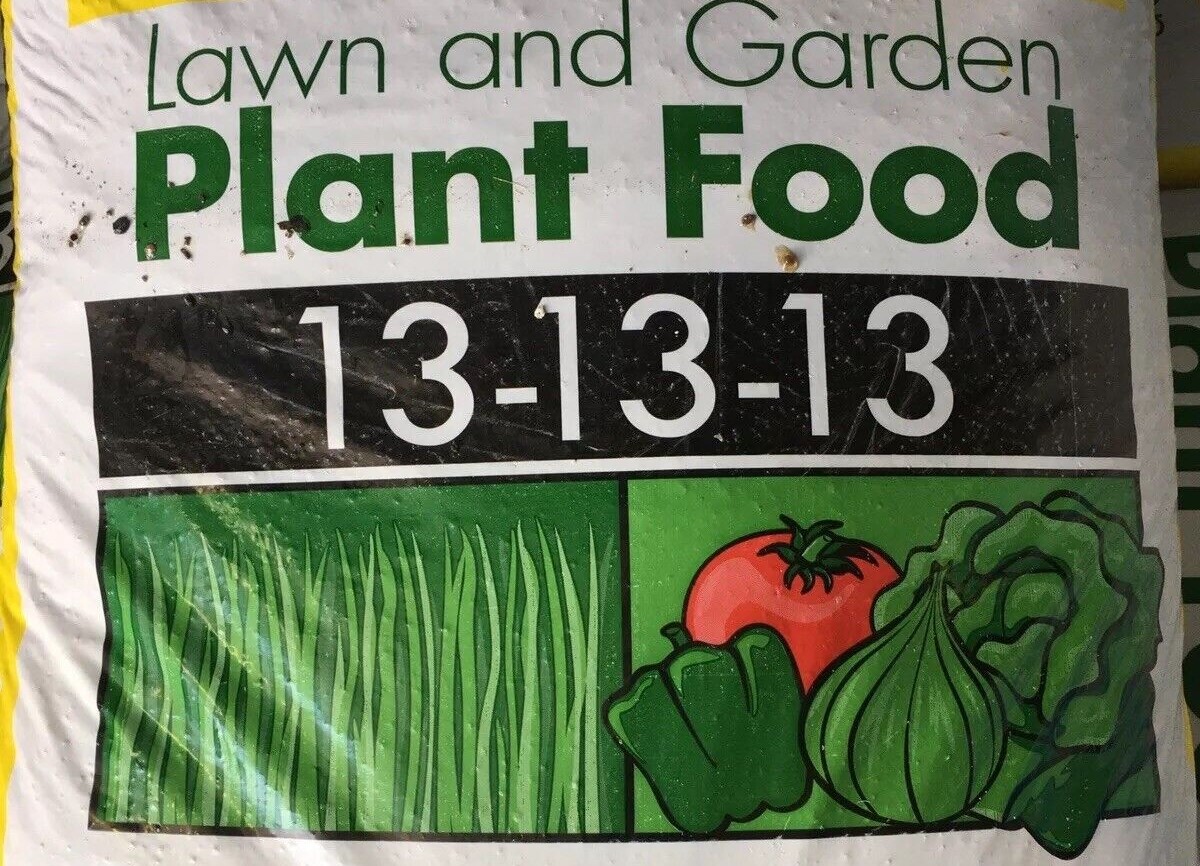
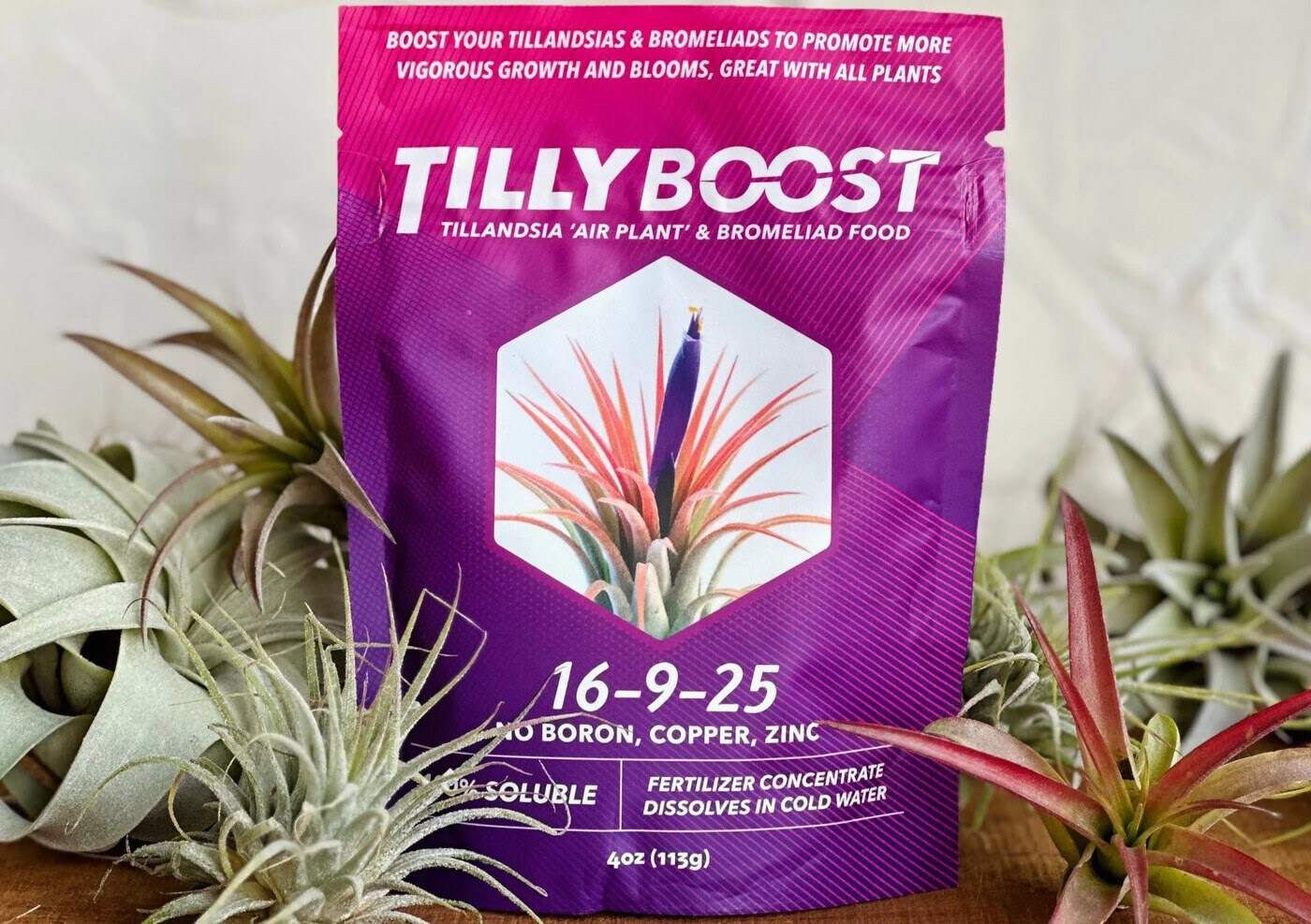
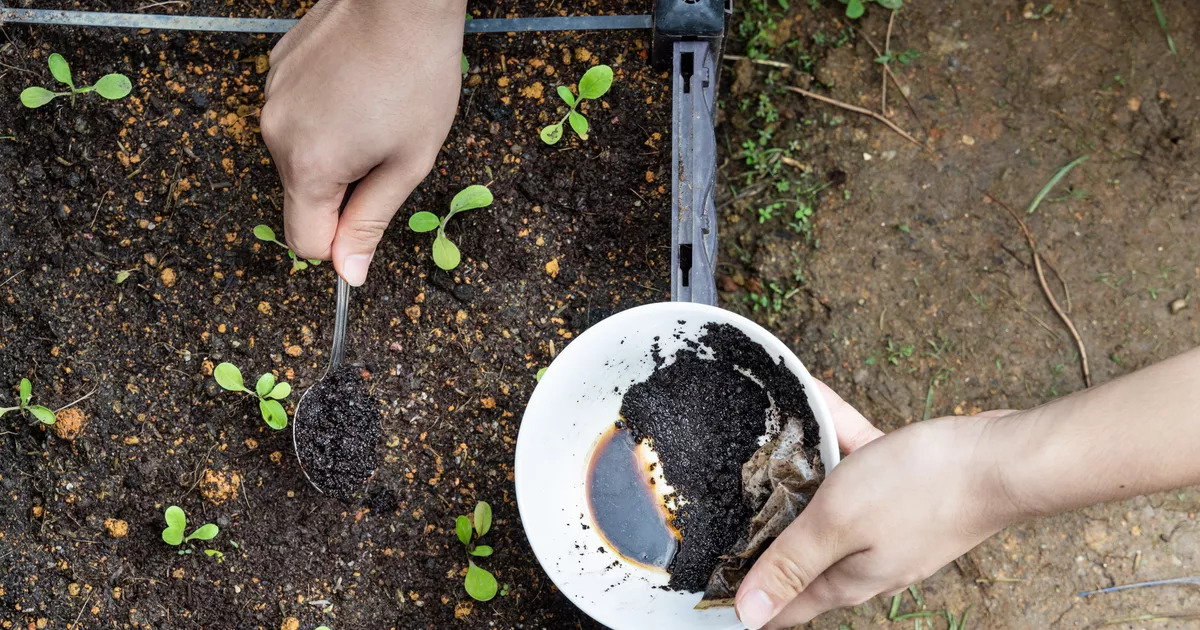
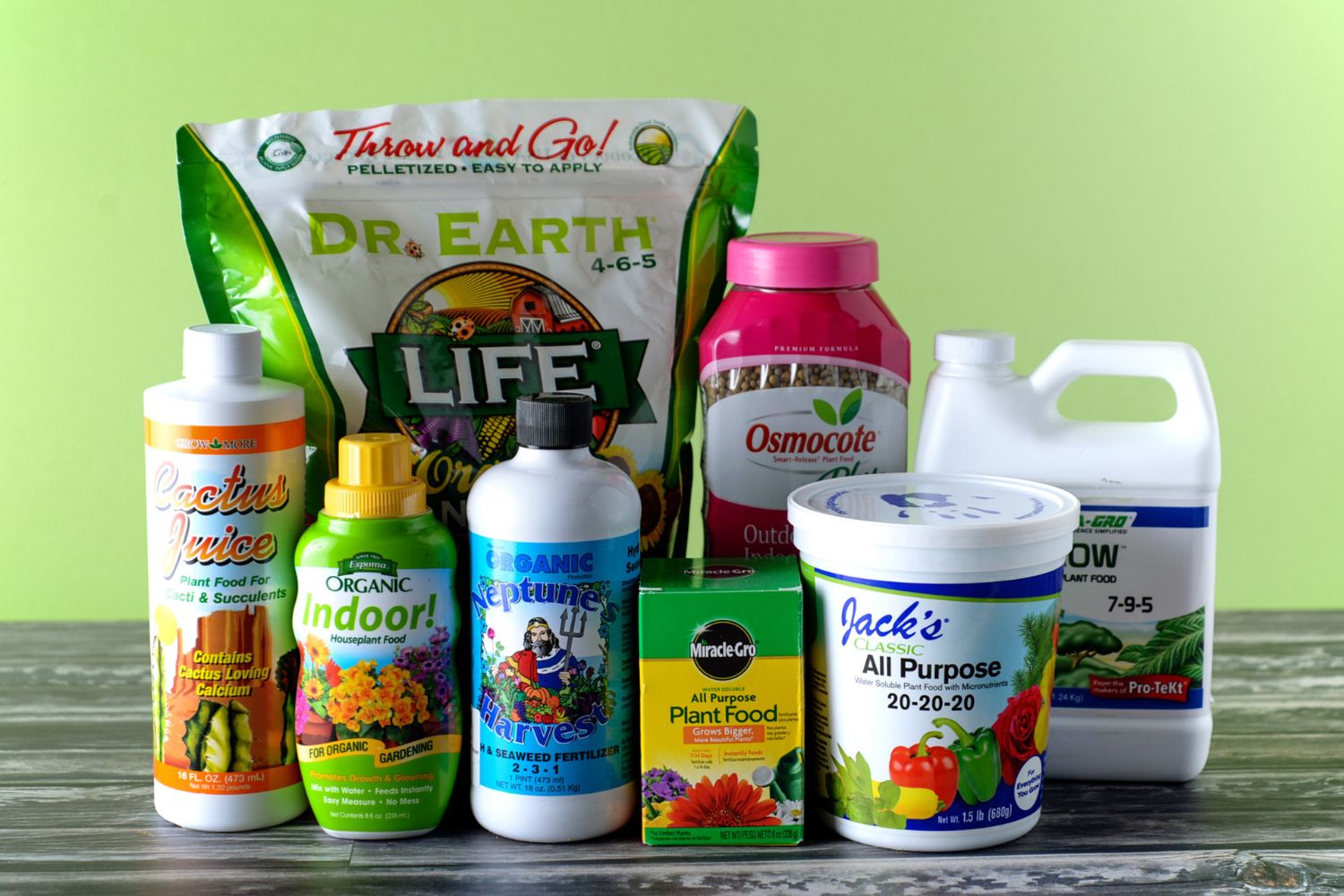
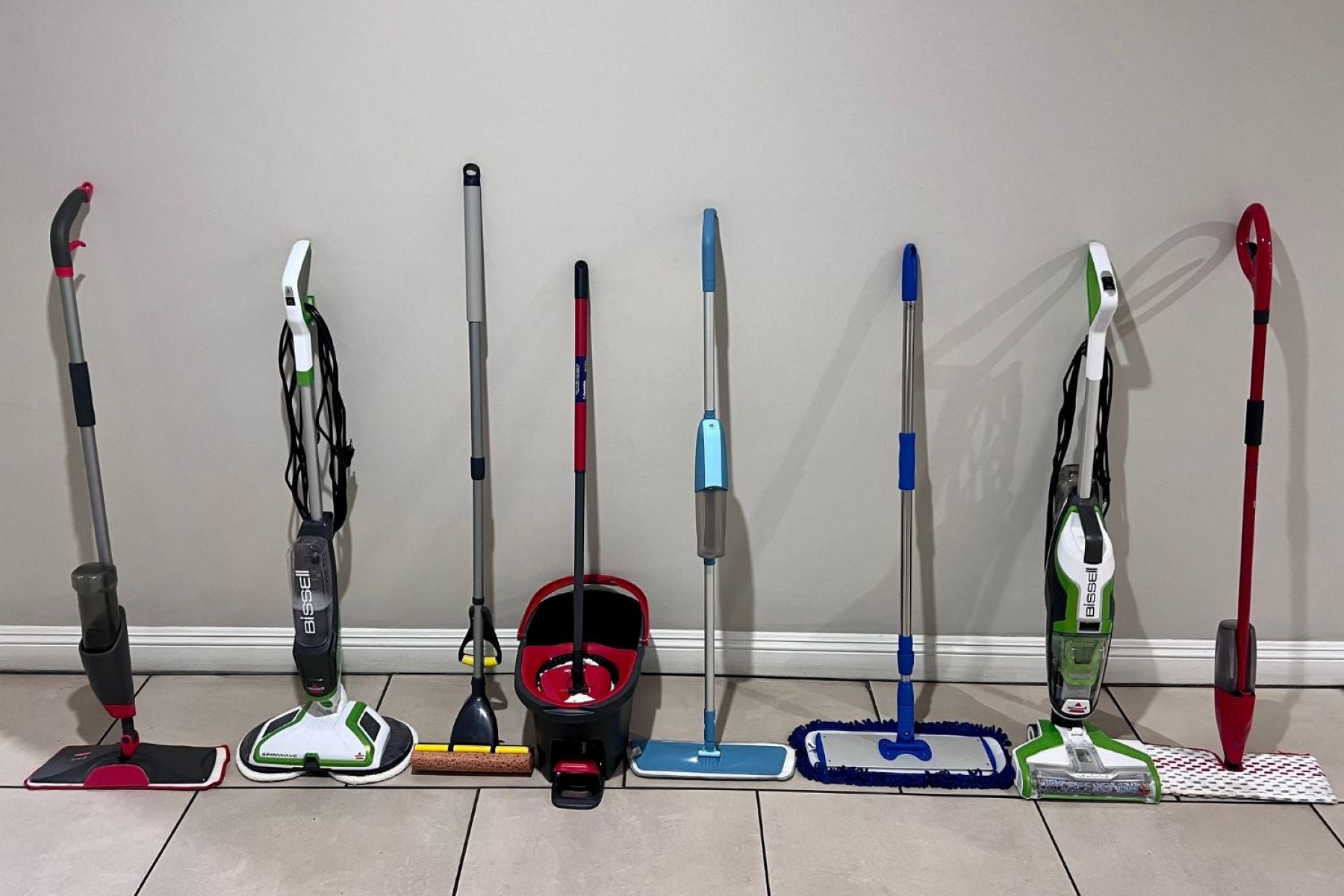
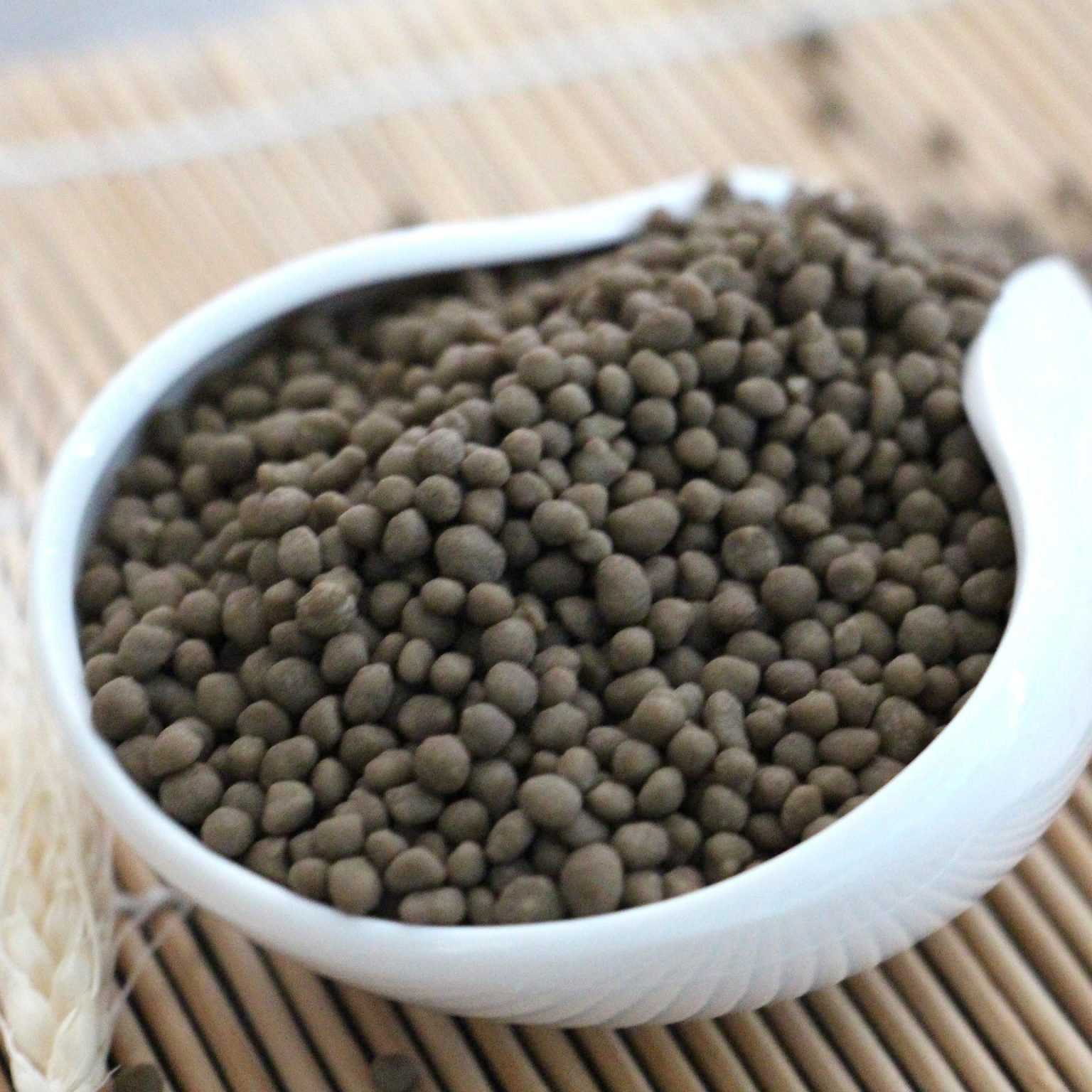

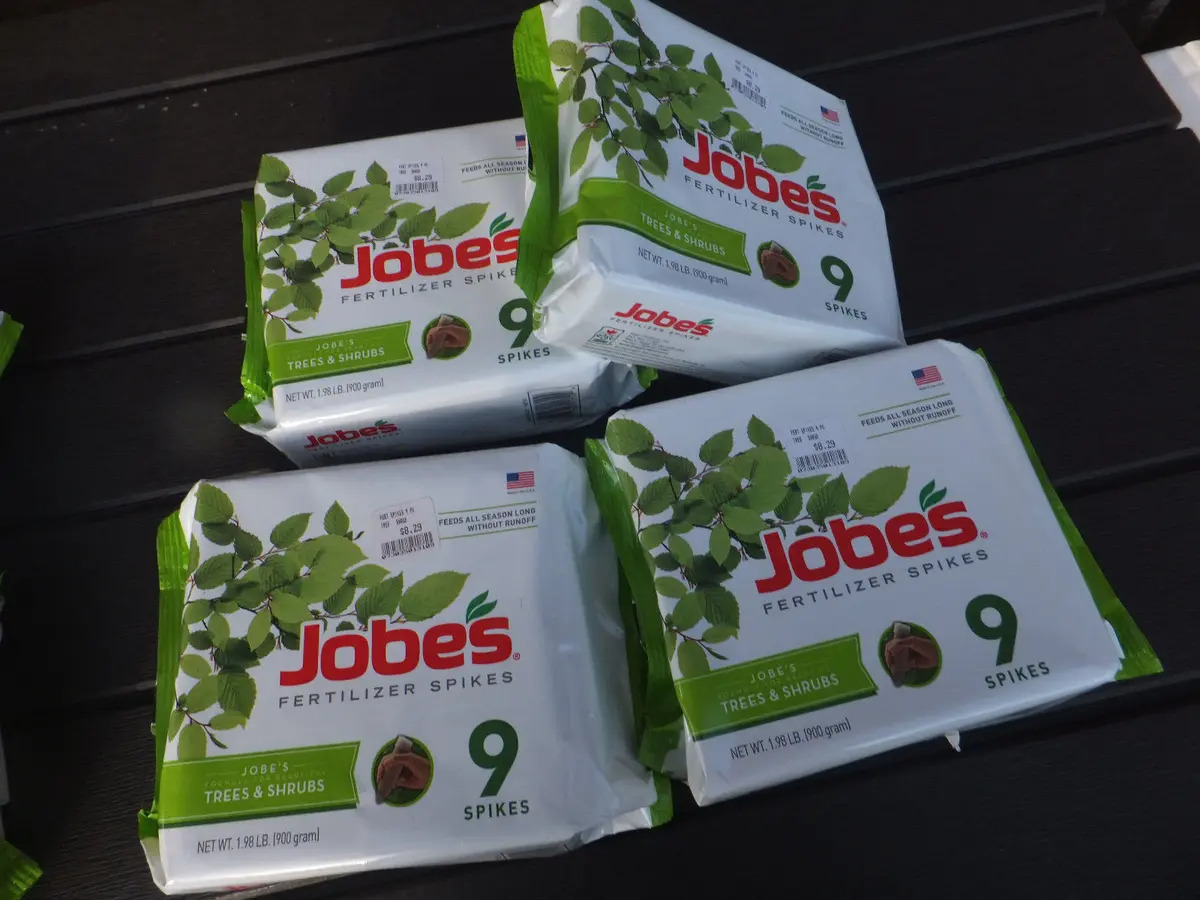
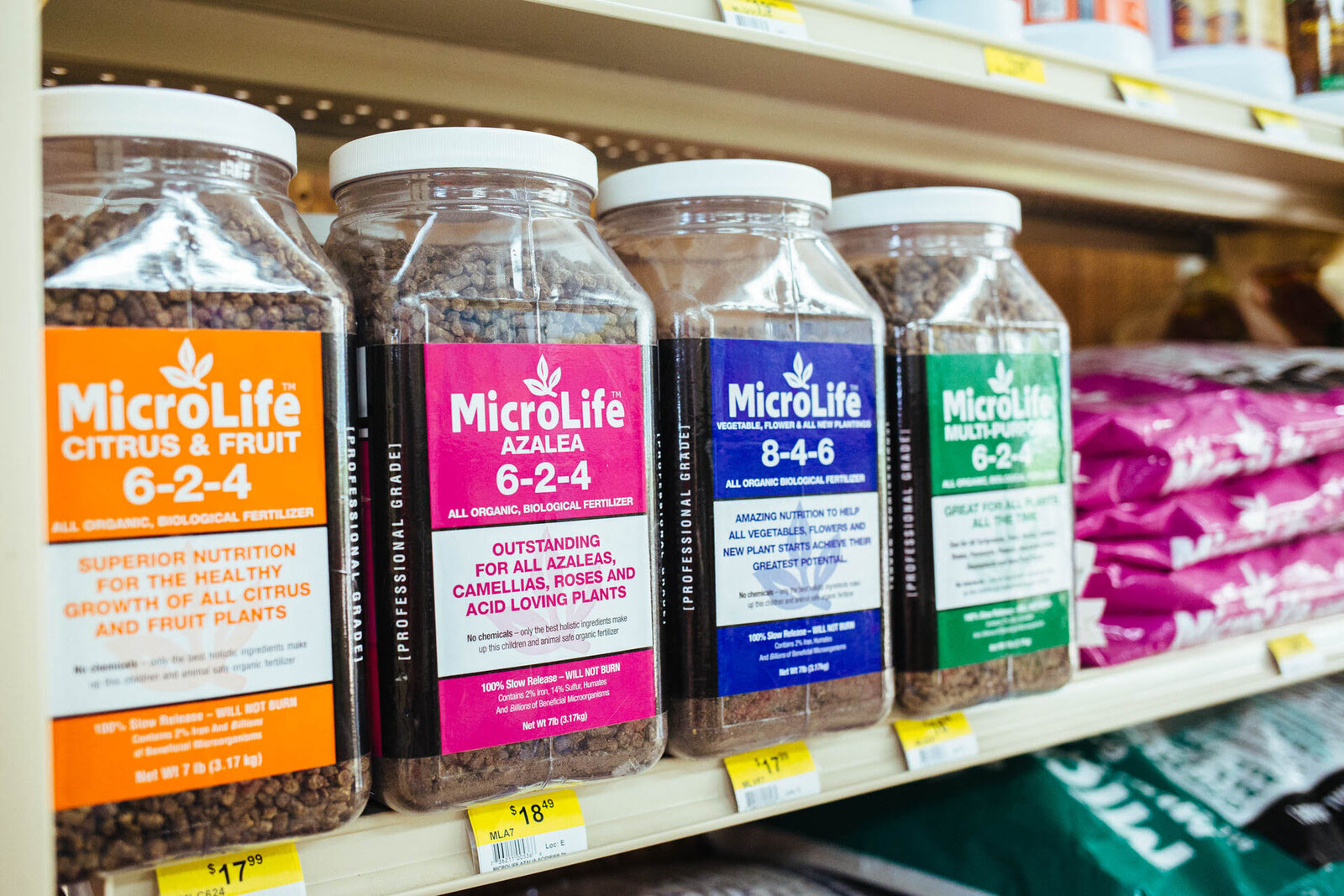
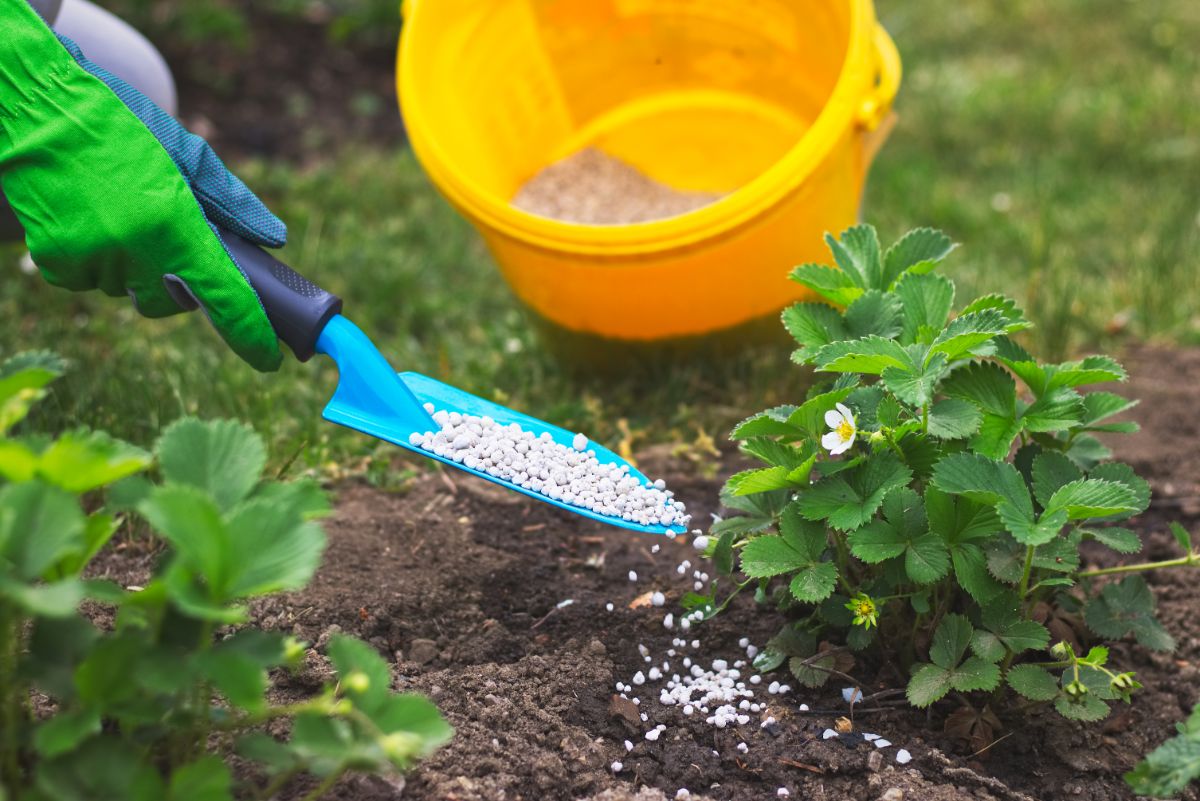
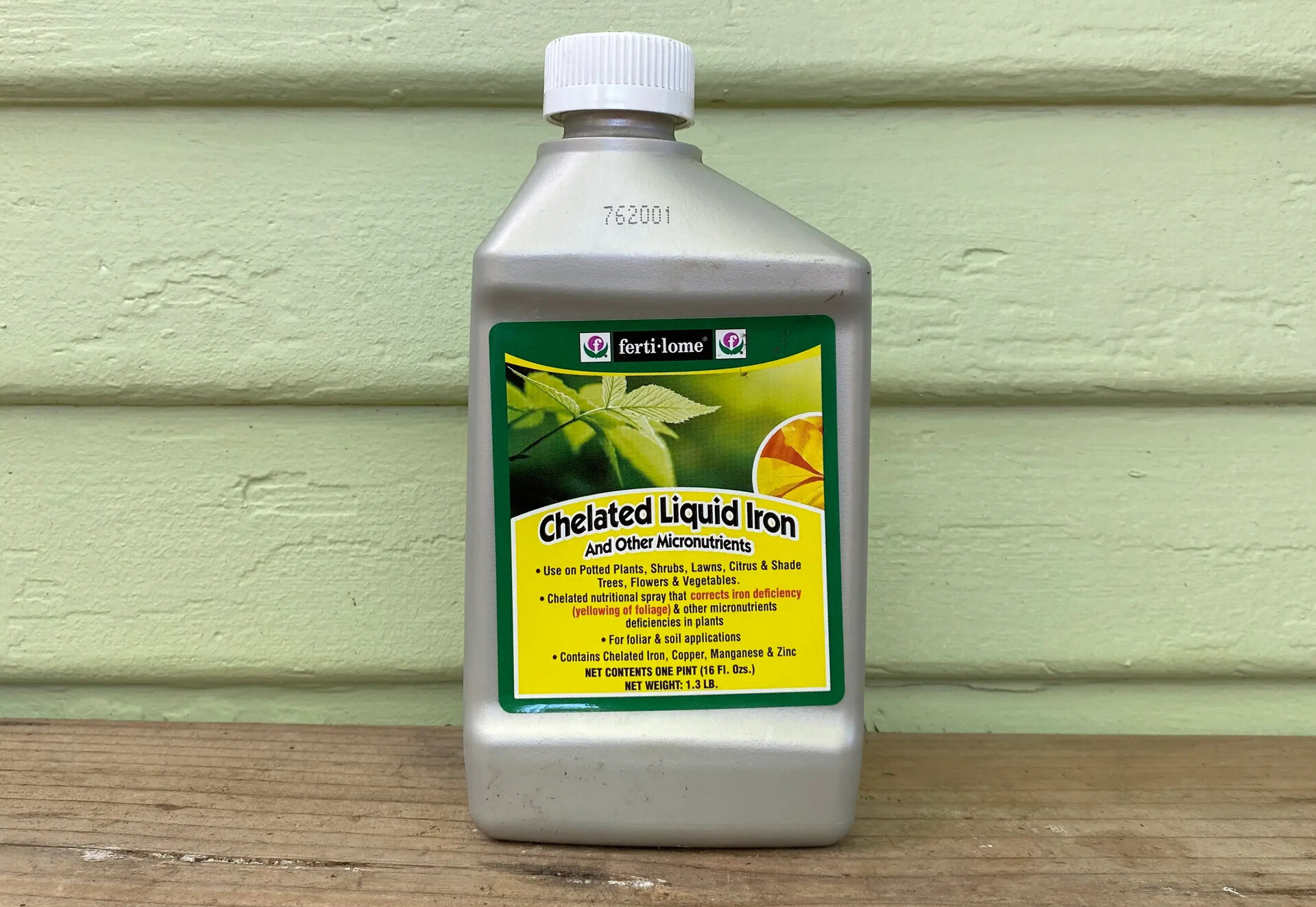
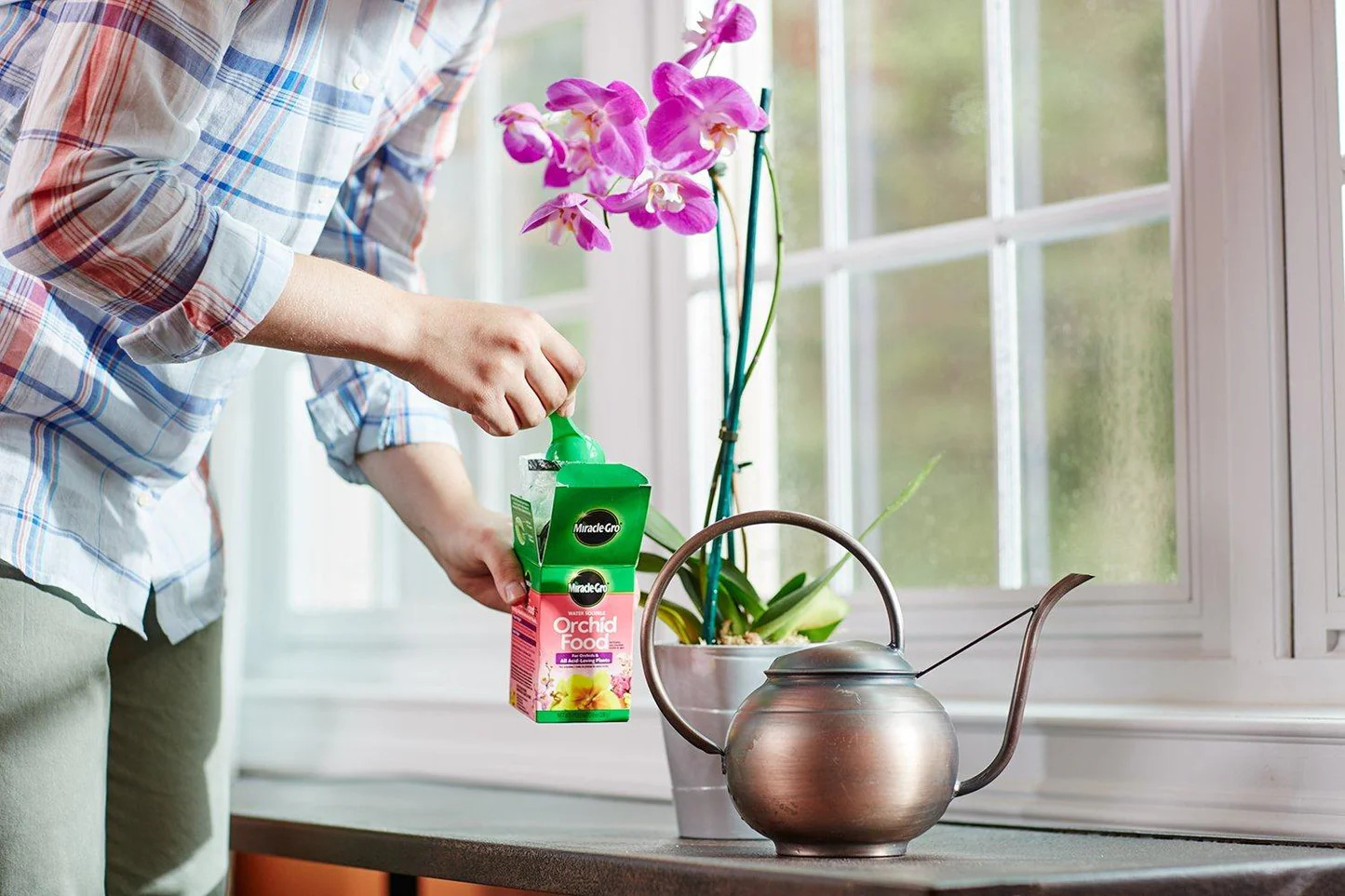
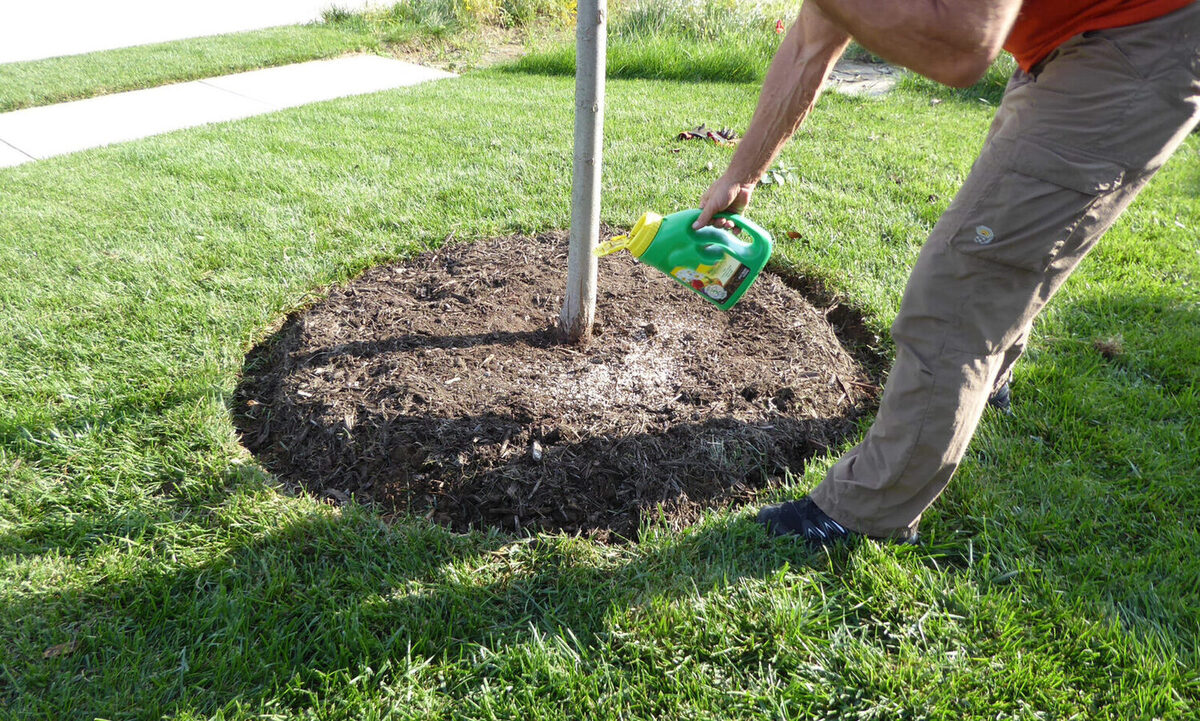
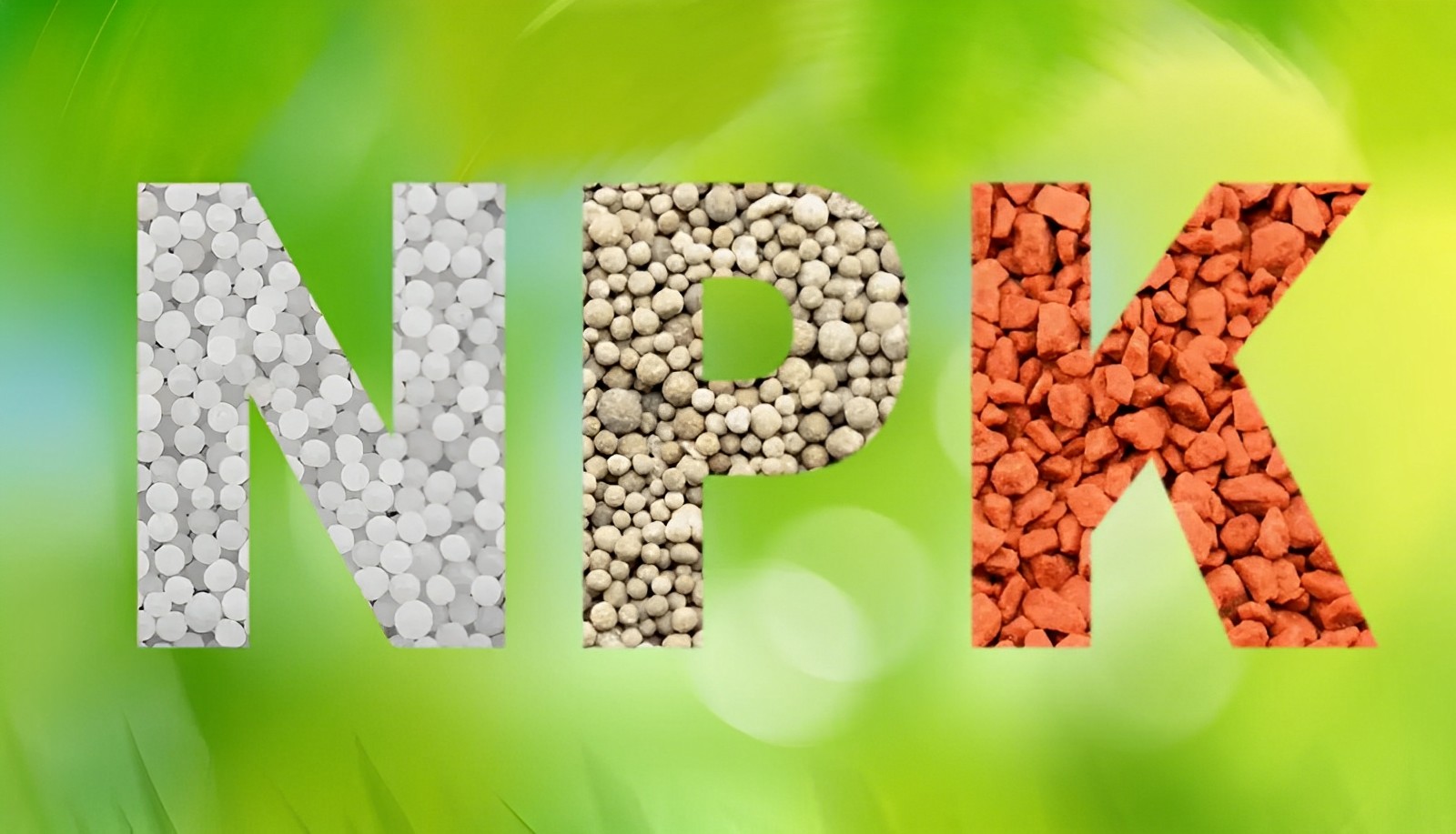

0 thoughts on “What Is 13-13-13 Fertilizer Good For”